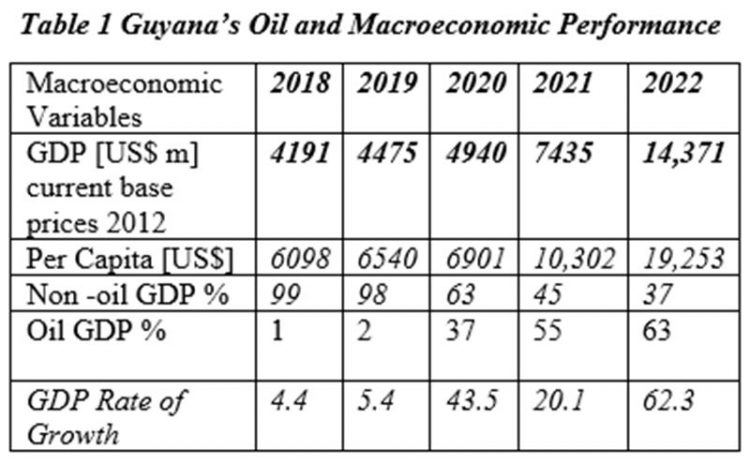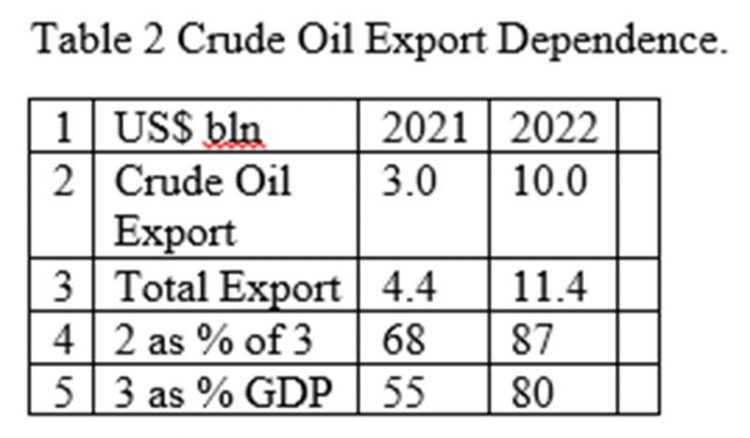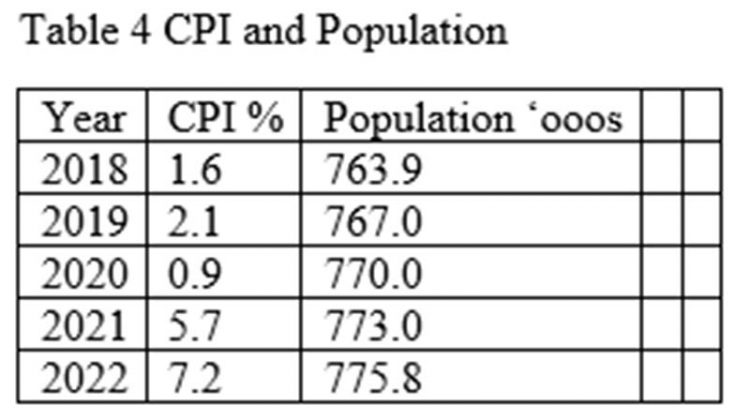Introduction
For the convenience of several enquiring readers, I begin today’s column with a brief recap. As readers should recall, thus far in this new field of analysis that I have embarked upon, I have been addressing the second of three concepts that I posited as being central to the growing portrayal of Guyana by academics and other analysts as “the newest petrostate in the Americas”.
Having considered extractivism [ the first concept] and its standard definition, which I have adopted; I had started addressing last week the second concept; that is a petrostate. This was portrayed there as a function of two basic features. Firstly, a nation empirically demonstrated economic dependence on oil and gas production and their exportation. And secondly, the consequential emergence from this dependency of related and/ or associated distinctive social, cultural, political and institutional features, practices and systems.
Today’s column provides the macroeconomic indicators undergirding Guyana’s high level of dependence on what, by any reasonable standard, can be termed an unprecedented world class petroleum boom.
Macro-economic Indicators
For this Section I shall be relying on the Guyana National Budget for 2023 to provide the most recent updated official data on the performance of the overall economy as well as the oil and gas sector. The macro data I shall be covering are 1] GDP related 2] export related 3] Government revenue and Natural Resource Fund related and 4] population size and consumer price data.
Table 1 below provides data on the basic GDP. These reveal that, in the space of only three years Guyana’s GDP [measured at current base prices, 2012] had trebled. It rose from US$ 4.3 billion in 2018, to US$ 13.0 billion in 2022 The rate of growth of GDP for the two years before First Oil [2018 to2019] has averaged just under five percent. However, during the three completed years after that [2020 to 2022] the growth rate of GDP had averaged just over 40 percent, or about eight times larger! Indeed, the National Budget for 2023 has reported Guyana as the world’s fastest growing economy in 2022.
Table 1 also shows the rapidly changing shares of the oil and non-oil sectors in Guyana GDP measures. These clearly reveal the record-breaking world-class emergence of petroleum dependency in Guyana’s economy. The oil GDP had accounted for only two percent in 2019; but by 2022 this had risen to as much as 63 percent.
Source Ministry of Finance, National Budget 2023 Appendices
Turning to Table 2, this Table reveals the relations between the US dollar value at Guyana’s recent commencement of crude oil and gas export to total exports and also to its GDP. In 2021 Guyana crude oil export totaled US$ 3.0 bln; and by the following year 2022 this amount had totaled US$ 10.0 bln. With total exports valued at US$ 4.4 bln and US$ 11.4 bln respectively, their shares stood at 68 percent and 87 percent respectively. Total exports represented 55 percent and 80 percent in 2021 and 2022 respectively based on the National Budget 2023 data.
Source National Budget 2023
Table 3 reinforces the swift advance of Guyana as the newest petrostate in the Americas. While Government revenue averaged 267 G$ billion in 2021 by 2022 this reached 430 G$ billion More significantly with the new petroleum sector a sovereign wealth fund [SWF] was created; that is the Guyana Natural Resource Fund to which oil revenues are credited and held externally. The data in Table 3 reveal NRF withdrawals by the Government were 47 percent and 43 percent of total revenue in 2021 and 2022 respectively.
Source National Budget 2023
Finally, Table 4 reveals related data on the consumer price index changes and population size. These are integral to the per capita, real and nominal measures as well as an indicator of Guyana’s size. Price inflation before the global kick-in 2021/2022 was negligible
Closing Observations
Here I offer two closing observations, both related to method. First, the next column will focus on the National Budget 2023 reporting on the microeconomic or firm level performance of the crude oil industry, now confined to the ExxonMobil Consortium operating mainly in the Stabroek block. These firm data constitute the foundation from which the system of national accounts are constructed.
Second, analysts’ classification of Guyana as a rapidly emerging petrostate does not reach the level of displacing every other distinctive ruling attribute. To take a few examples; Guyana remains by widely applicable global measures a relatively small economy; having a population of less than a million persons, a GDP of only US$ 14.4 billion and geographic area of 83,000 square miles.
It is also considered as being highly open. Thus, presently its export of goods and non-factor services account for roughly 80 percent of GDP. Total imports are valued at US$7 billion in 2022 and its export trade is confined to a narrow range of highly specialized natural commodities, excluding crude oil the commodity being examined here.
Added to small and open, Guyana has traditionally been classed as poor and developing. Both these attributes still remain dominant although accurate assessments based on a consistent methodology are scarce.










